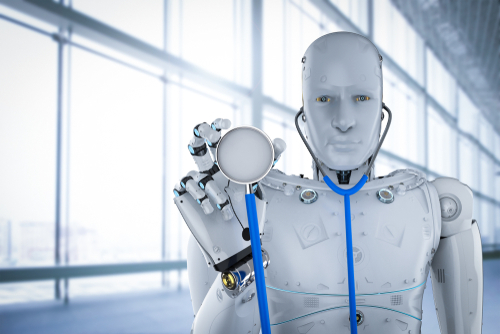
Human-robot collaboration will be an integral component of nursing care in the future, according to a paper presented at the International Conference on Neurology and Neurosurgery 2024.
“Robotic assistance in nursing care is an increasingly important area of research and development. Facing a shortage of labor and an increasing number of people in need of care, the German Nursing Care Innovation Center aims to address these challenges from the side of technology,” researchers said.
They conducted a sequential mixed-methods design study to assess nurses’ experiences with innovative technologies such as artificial intelligence. The final survey design consisted of 21 polar and 10 open questions. The questions covered relevant nursing experiences with technologies used by the participants in everyday nursing practice, barriers to and facilitators of technology use in nursing practice, the need for technology use in nursing practice, and recurring burdensome nursing tasks. The survey also included questions on sociodemographic and professional characteristics.
A total of 1335 individuals participated in the online survey between March and May 2019. Of those, 94.8% (n=1018) reported practical experiences with innovative technologies in nursing.
The following scenarios were repeatedly highlighted by the participants as areas where robotic assistance would be beneficial:
- Providing cognitive stimulation and communication (eg, games, engagement, and activities)
- Assisting with eating and drinking
- Supporting functional mobility (eg, turning and positioning of a patient in bed and positioning from bed to chair)
- Washing and bathing a patient
- Making the bed
- Measuring vital signs, including documentation and sharing information with nurses
- Tracking patients
- Disposing of materials, such as laundry and waste
“Nursing care is a prime application of close human-robot collaboration, which will become very important as demand increases. Acceptance by the care professionals and patients is key, so the respective groups need to be involved in designing corresponding robotic assistance systems,” the researchers concluded. In future work, they will “evaluate the study further and analyze the user scenarios in detail…and identify robotic solutions and develop prototypes to investigate their feasibility.”


 © 2025 Mashup Media, LLC, a Formedics Property. All Rights Reserved.
© 2025 Mashup Media, LLC, a Formedics Property. All Rights Reserved.